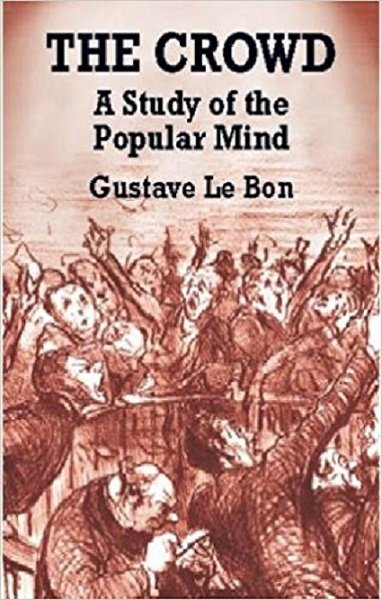Some thoughts about the psychology of Leadership and Power /part 3/
Leadership is defined as a process of internal socio-psychological self-organization and self-management of the relationships and activity of the members of the group at the expense of the individual initiative of the participants. In social psychological theory, there are three basic models for explaining the leadership phenomenon, and these are: - a theory of the leader's "lines" - the oldest in origin, and is associated with the ideas of German psychologists from the late 19th and early 20th centuries related to the possession of innate personal qualities by the leader.
According to this theory, only an individual possessing certain personal qualities or a set of certain psychological traits can be the leader. Freud sets the "leadership" phenomenon as the source for the emergence, functioning and existence of the group itself. According to Bird, the leadership qualities are initiative, sociability, humor, enthusiasm, confidence, friendliness, and so on. He compares what he has written with that of his other clients, and finds that the qualities he stands out with are not exactly the same as those of his colleagues. This raises the question of the possibility of finding potential leadership qualities. This leads to a reduction in the interest of psychologists in this theory, as it is impossible to establish valid leadership skills through it; - situational theory of "leadership" - the emphasis is placed on the role of the situation in determining the leader in the social group.
By adopting the situational theory of leadership, as one of the possible explanatory models of leadership in the social group, Jonev develops the idea of existence of distinctive types of situational leaders. Practice shows that some of the members of the group are more often leaders, others less often, and some of them may not get the recognition of leaders. To overcome the inconsistency between theory and practice, Hartley offers four explanatory models because some members of the social group are more likely to become leaders than other members of the group, and they are: 1. if a person has become the leader in a situation, this does not exclude the likelihood that the same person will become a leader in another situation. The condition for this is the presence of certain qualities or skills, for deliberate solving and the new situation, i. the repeatability of a member of the group as a leader. 2.The recurrence in the recognition of a member of the group as its leader is related to the operation of the "stereotyping" mechanism.
The stereotype from a psychological point of view is defined as a less complex image or perception of a person, process or phenomenon that has left permanent traces of memory and can easily be put into action. 3. Associates with the effect of the authority of the person who once received the recognition of a leader in the group.

To listen to the audio version of this article click on the play image.

Brought to you by @tts. If you find it useful please consider upvoting this reply.